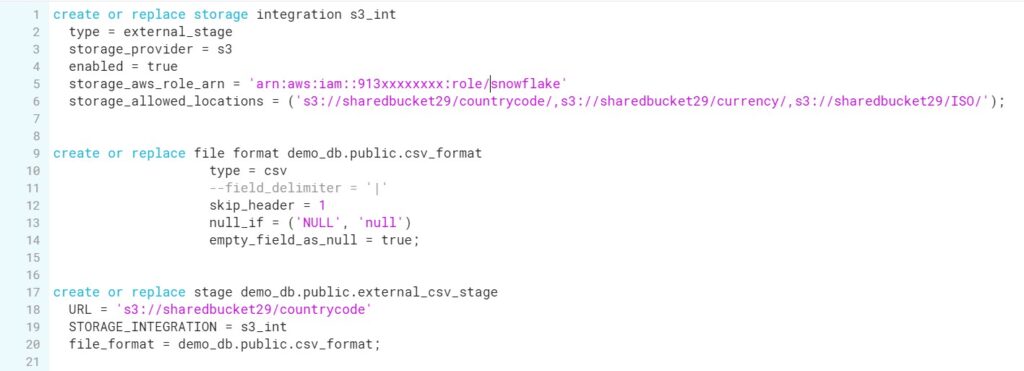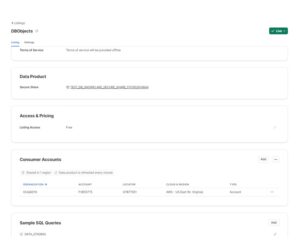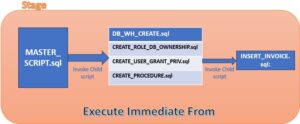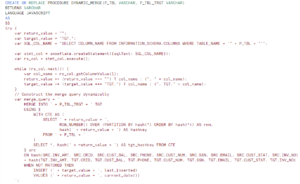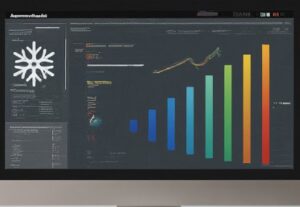As in the previous post, we discussed abut the External tables. In a typical table, the data is stored in the database; however, in an External table load, the data is stored in files in an external stage.
External tables store file-level metadata about the data files, such as the filename, a version identifier and related properties. External tables can access data stored in any format supported by COPY INTO <table> statements.
External table load are read-only, therefore no DML operations can be performed on them; however, external tables can be used for query and join operations. Views can be created against external tables.
In many cases, materialized views over external tables can provide performance that is faster than equivalent queries over the underlying external table. This performance difference can be significant when a query is run frequently or is sufficiently complex.
Automatically Refreshing External Table Metadata
The metadata for an external table can be refreshed automatically using the following event notification service for each storage location:
- Amazon S3: Amazon SQS (Simple Queue Service)
- Microsoft Azure: Microsoft Azure Event Grid
In below article we will be discussing the steps required to create the External tables as well as Query the external tables. We will also see..
External table with Column
External table without Column
